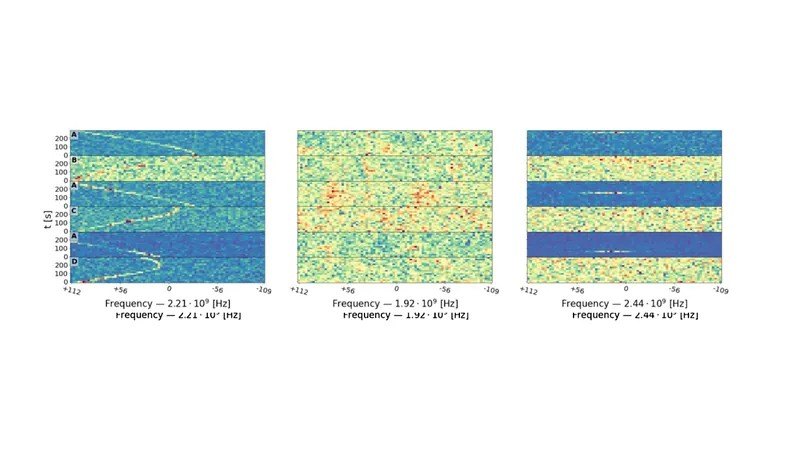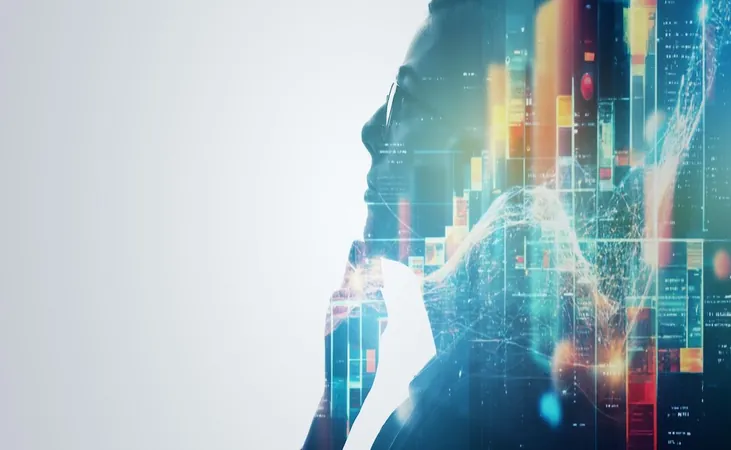
Unlocking the Cosmos: Anomaly Detection Reveals Cosmic Signals in the Search for Technosignatures
2025-05-12
Author: Jia
In an ambitious step towards discovering extraterrestrial life, scientists are harnessing the power of machine learning to search for technosignatures—possible signs of advanced civilizations—in radio data captured from hundreds of nearby stars. This groundbreaking initiative was made possible through the innovative Breakthrough Listen project, utilizing the advanced capabilities of the Parkes and Green Bank telescopes.
As technology progresses, our ability to collect vast amounts of astronomical data has surged, presenting unique challenges in analysis. The sheer diversity of potential extraterrestrial signals means that researchers must navigate an enormous multidimensional parameter space, searching for patterns amid the noise of human-made radio frequencies, which are the predominant disruptors in these observations.
To tackle this daunting task, the team employed advanced simulations combined with machine learning techniques focused on anomaly detection. They developed a system to rank potential signals based on their uniqueness in terms of frequency and persistence over time. By comparing consecutive spectrograms of the same star, they could identify which signals stood out from the rest.
Their efforts led to a rigorous screening process, where out of approximately 100 billion analyzed spectrograms, thousands of the most compelling candidates were visually inspected. However, after thorough scrutiny of about 20,000 spectrograms, no candidates managed to pass the initial evaluation.
Despite this setback, the research demonstrates a promising approach for future exploration, emphasizing the need for robust filtering mechanisms to enhance the quality of candidates in this cosmic search. As researchers continue to refine their methods, the quest for extraterrestrial life remains an exhilarating frontier, sparking hope that one day, we might uncover signals from beyond our world.




 Brasil (PT)
Brasil (PT)
 Canada (EN)
Canada (EN)
 Chile (ES)
Chile (ES)
 Česko (CS)
Česko (CS)
 대한민국 (KO)
대한민국 (KO)
 España (ES)
España (ES)
 France (FR)
France (FR)
 Hong Kong (EN)
Hong Kong (EN)
 Italia (IT)
Italia (IT)
 日本 (JA)
日本 (JA)
 Magyarország (HU)
Magyarország (HU)
 Norge (NO)
Norge (NO)
 Polska (PL)
Polska (PL)
 Schweiz (DE)
Schweiz (DE)
 Singapore (EN)
Singapore (EN)
 Sverige (SV)
Sverige (SV)
 Suomi (FI)
Suomi (FI)
 Türkiye (TR)
Türkiye (TR)
 الإمارات العربية المتحدة (AR)
الإمارات العربية المتحدة (AR)